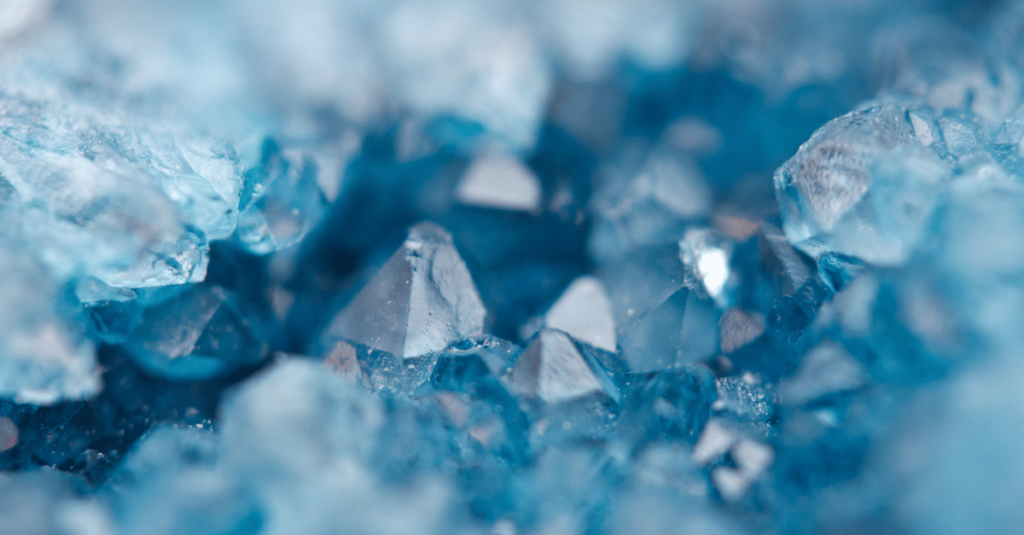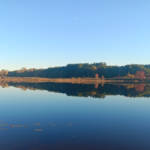
Blue Crystal Lake in Pinckney, Michigan: A Glacial Formation
The description of Blue Crystal Lake in Pinckney, Michigan, is a glacial lake, formed by the massive forces of glaciers during the last ice age.
The Role of Glaciers in Formation
- Erosion: Glaciers, acting as massive, slow-moving rivers of ice, can erode the landscape, carving out valleys and depressions.
- Deposition: As glaciers retreat, they often deposit the material they’ve eroded, including rocks, gravel, and sediment. This can create barriers that can dam up water, forming lakes.
- Pressure and Temperature: The immense pressure and cold temperatures within glaciers can also affect the minerals within the surrounding rocks. This can lead to the formation of new minerals or the alteration of existing ones.
The Blue Crystals and Artesian Wells
The description is that the smaller blue crystals found in the spring water artesian wells within the lake is a result of the glacial activity in the area. These crystals have formed due to:
- Mineral-rich Groundwater: The glacial activity have created conditions that allowed for the accumulation of mineral-rich groundwater.
- Pressure and Temperature: The pressure and temperature changes associated with the glacier’s movement and retreat have facilitated the crystallization of minerals within the groundwater.
- Artesian Well Conditions: Artesian wells tap into aquifers where water is under pressure. This pressure can help force water and any dissolved minerals to the surface.
The possible that the blue crystals are a specific type of mineral, such as calcite or quartz, that is commonly found in glacial environments.


